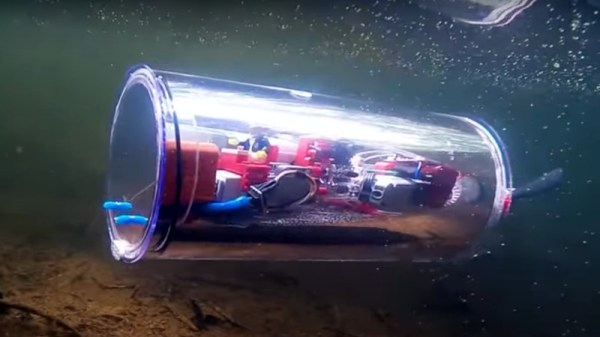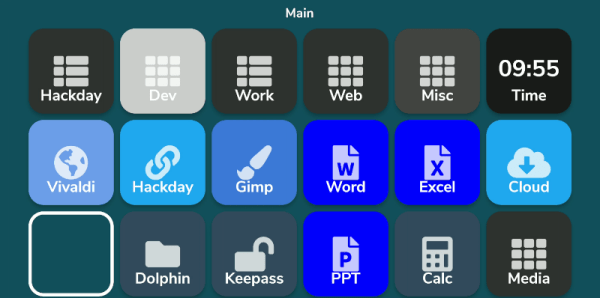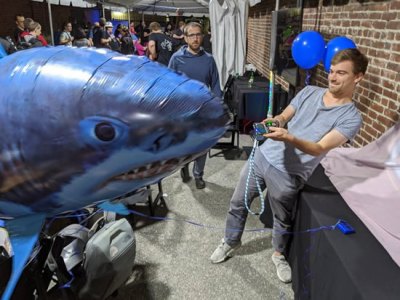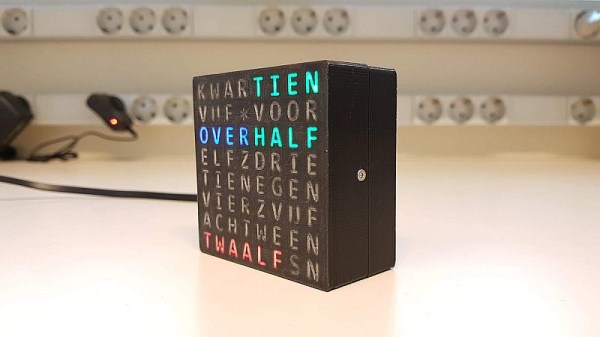Well, that was fast! Last week, we wrote about a video by [Norbert Heinz] where he called out the Ortur laser engravers for apparently using the GPL-licensed grbl firmware without providing the source code and their modifications to it, as required by the license. Because open source and grbl are dear to our hearts and CNC machines, we wrote again about Norbert’s efforts over the weekend, speculating that it might just be unfamiliarity with the open source license requirements on Ortur’s part.
Because of [Norbert]’s persistance and publicity around the issue, the support ticket finally reached the right person within Ortur, and within two or three days [Gil Araújo], Support Admin at Ortur, managed to convince the company that going fully open source was the right thing to do. What remains is the question of how to do it, operationally.
So [Gil] asked [Norbert] to ask Hackaday: what do you want from Ortur on this, and how should they proceed? Via e-mail, he asked in particular for best practices on setting up the repository and making the code actually useful to non-programmer types. He said that he looked around at the other laser engraver companies, and didn’t find any good examples of others doing the Right Thing™, so he asked [Norbert] to ask us. And now we’re asking you!
Have you got any good examples of companies using open-source firmware, modifying it, and making it available for their users? Is a simple Github repo with a README enough, or should he spend some time on making it user-friendly for the non-coders out there? Or start with the former and work toward the latter as a goal? I’m sure [Gil] will be reading the comments, so be constructive! You’ll be helping a laser engraver company take its first steps into actually engaging with the open source community.
We said it before, and we’ll say it again. Good job [Norbert] for taking Ortur to task here, but also by doing so in a way that leaves them the option of turning around and doing the right thing. This also highlights that companies aren’t monolithic beasts – sometimes it takes getting your cause heard by just the right person within a company to change the response from a “this is a business secret” to “how should we set up our Github?” And kudos for [Gil] and Ortur for listening to their users!



















